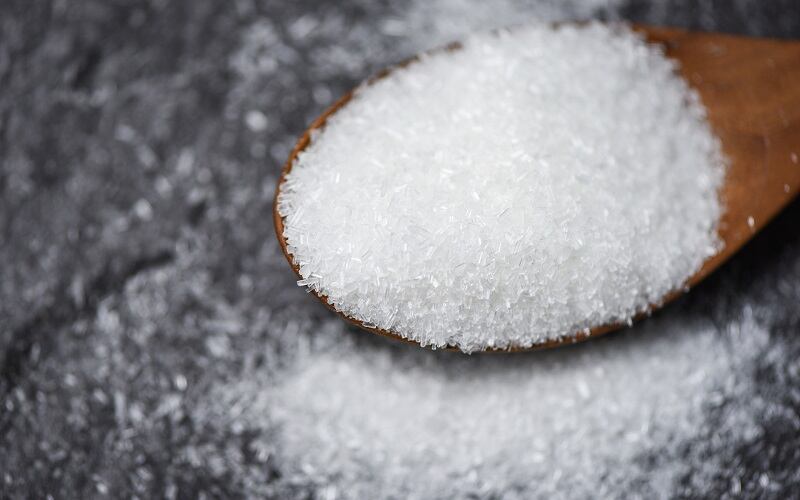For many CPG manufacturers, reformulation may create more visibility for consumers looking for variety in their nutrition.
“The hope is that reformulation of certain packaged foods will be encouraged by making more options available for food manufacturers to reduce sodium content,” Kris Sollid, R.D., senior director of nutrition communications at the International Food Information Council (IFIC), explained to FoodNavigator-USA.
According to the FDA, Americans consume 3,400 mg of sodium a day, while the Dietary Guidelines for Americans’ suggestion is less than 2,300 mg a day, or 1 teaspoon of salt. The American Heart Association’s recommendation is even less—no more than 1,500 mg a day for adults. Sodium consumption in Americans, based on CDC data, has risen since the 1970s, and high sodium levels coorelate with cardiovascular disease, stroke and hypertension in adults.
The proposed rule on the use of salt substitutes in foods with a standard of identity is part of the agency's larger effort to reduce Americans' sodium intake. The agency's progress has been start and stop since it issued draft voluntary guidance in June 2016 that outlined amibitious sodium reduction targets for food manufacturers and restaurants. In 2021, FDA backed off the targets, but the Biden Administration recently reiterated its desire to reduce sodium consumption.
FDA will accept comments on the proposal (FDA-2022-N-2226) for 120 days from publication in the Federal Register.
Salt substitutes are ‘safe and suitable ingredients…that serve the functions of salt in foods’
Ultimately, the amount of replaceable salt without compromising food safety and food characteristics depends on the capability of the salt substitute.
The proposal includes 80 out of the 250 standardized foods (including milk, milk chocolate, breads and cheese, among others) that identify salt as a required or optional ingredient.
While the proposal does not list admissible salt substitutes, the FDA defines them “as safe and suitable ingredients used to replace some or all of the added sodium chloride and that serve the functions of salt in food.”
Consumers may be more willing to try salt substitutes if the taste is on par with salt
Taste, Sollid added, is the leading driver behind Americans’ food purchases and it’s safe to say consumers are used to the taste and texture.
“The amount of sodium than can be removed from our diets will largely depend on our palates and whether products with salt substitutes can meet our taste expectations,” he explained.
And for the American palate, consumers may be more willing to try salt substitutes if the taste isn’t too far off from regular version. According to IFIC consumer research, 57% of survey respondents would seek food containing salt substitutes with reduced sodium if it tasted the same as the original version.
Americans’ sodium intake is primarily from prepared and processed foods and contributes to a variety of factors: preservation, taste and texture. Sollid explained while including salt substitutes will help reduce sodium consumption the challenge will lie in maintaining taste, texture and shelf stability. “The amount of sodium that will ultimately be replaced in the food supply by salt substitutes is yet to be determined. Most Americans consume more sodium than is recommended and would benefit from consuming less. The FDA’s intention is to make it easier for people to consume less sodium without compromising food safety.”




